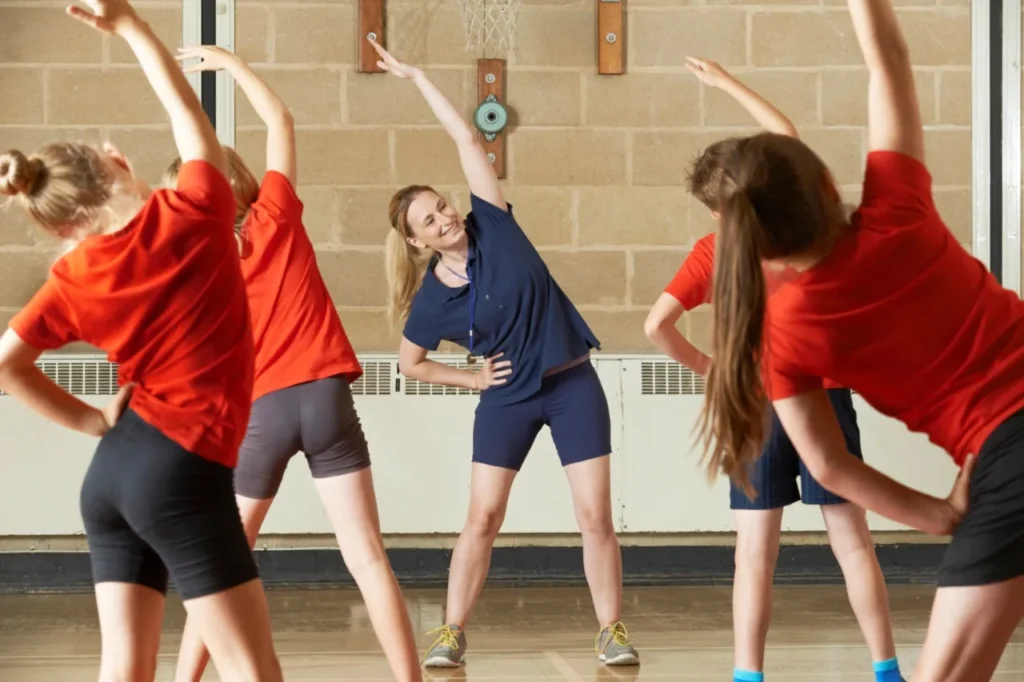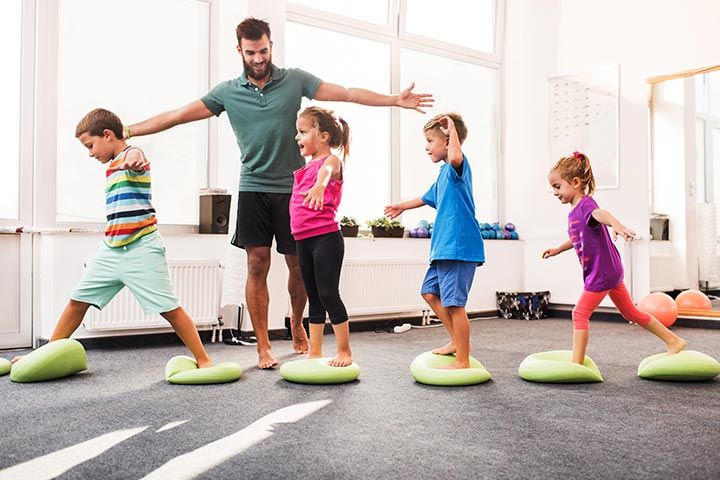Modern kids are exposed to stimuli at all levels – at home from schoolwork, on the internet through social media, and at school from their peers. This regularly overshadows their mental health. The answer to this is quite simple and effective: it’s exercise. Fitness goes beyond just staying their body in shape; it plays a critical role in supporting their mental and emotional health as well. In this post, we were going to endeavor to determine the correlation between physical exercise and good mental health of kids, and it would also help parents to consider ways on how to make their kids healthy and happy.
The Connection between Physical Exercise and Mental Illness
In most cases the adults will discuss how exercising will be good for mental health; but many are not aware that it is not only the grown-ups who stand to benefit. Mental health is an important factor for whole development and growth in any child, and regular physical exercise can vastly improve it.
Why Mental Health Matters for Children
Children just like adults, suffer from stress and anxiety or experience depression. In fact, with increasing academic pressures and social hurdles, children today have more chances of getting exposed to mental health issues than ever. To conquer these challenges, fitness activities must be the most effective way of doing things. Actually, it has been tested that physically active children have a low incidence of developing depression and anxiety compared to the ones who are not able to act regularly.
How Fitness Builds the Emotional Resilience of Kids
Fitness and Reduced Stress
The most obvious result of physical exercise is that one is battling stress. Exercise is usually the catalyst that causes the release of endorphins, popularly known as “feel-good” hormones that contribute to the increase in mood without resorting to using any drugs that change mood. Whether it is running around the yard or cycling together with friends, a child who engages in regular physical activities would exhibit fewer occurrences of stress.
Growing Self-Esteem through Physical Activity
That is, when children are more active in fitness activities and witness the results in their capability regarding strength, speed, or agility, their self-esteem increases. They start to feel more confident about their abilities when newer physical challenges come their way with successful handling.
Types of Physical Activities for Kids

Not all children are fond of playing all the games, so it is wonderful to offer different alternatives.
Sports, Outdoor Games, and Indoor Activities
Lots of choices: from playing team sports like basketball or soccer to individual events such as swimming or gymnastics. Hiking or even playing in the park can keep a child in shape, too, and even classes in dance or martial arts can help promote the ongoing desire to stay active.
Some tips for encouraging kids to stay active:
When you try to get the kids off the couch and compound them to the backyard, it is not that easy most of the time. But you could turn workouts into fun if you put your mind to it.
Fun Ways to Get Kids Moving
- Turn it into a game: Organize lovely events such as; game performances like race that has hurdles, or scouting events such as hide and seek.
- Join them: Children are even more likely to stay active if they see that you’re doing the same thing. Make exercise a family event!
- Use tech: If your child enjoys screens, consider fitness apps or video games that require movement, such as dance or sports games.
- Reward progress: Celebrate little victories using incentives that aren’t food-based, such as a new toy or fun outing.
Effects of Physical Exercise on Neurological Performance
Exercise does not affect the body and feelings only; there is something that exercise does to a child’s brain.
Better Focus and Memory
Did you know that exercise enhances a child’s cognitive capabilities? As identified in scientific studies, kids who exercise regularly have greater concentration abilities, retain better memories, and solve problems much better than their non-exercising peers. Physical exercises increase blood supply to the brain, allowing a child to think more clearly, stay focused, and do better in school.
Fitness as an Aide to Social Development
Along with the physical and cognitive benefits, fitness activities can also offer excellent opportunities for social interaction and teamwork.
Building Relationships and Teamwork
Sports and group activities teach the kids very basic elements of teamwork, cooperation, and communication while also having a great time. Whether it is soccer, dance class, or some other group sport, the child develops vital social skills that teach him how to build friendships and work effectively with others.


